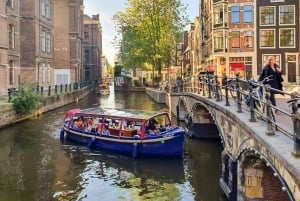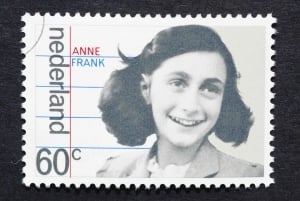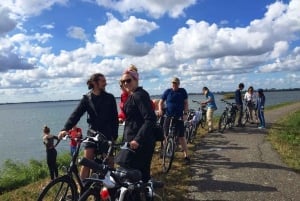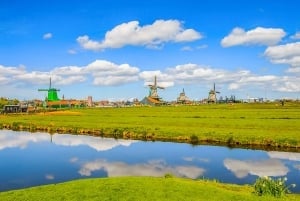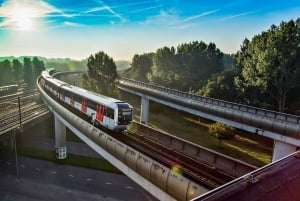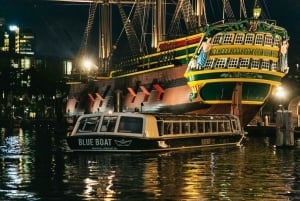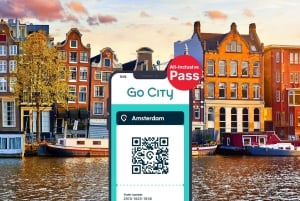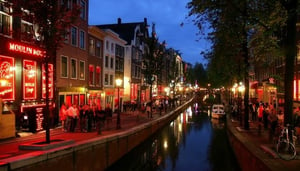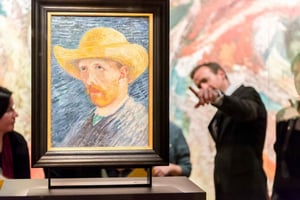Jewish Quarter and Plantage
The Jewish Quarter and Waterlooplein complete the most south eastern part of the Oudezijde (old side). Before World War II a large Jewish community were living in this area. Those days have passed and a lot of architectural changes have taken place in the Jewish Quarter over the years. However, the
history of the district remains and there are many enjoyable
things to do and see in and around this area.
Heading further east you enter the district known as the
Plantage (Plantation), part of the city that was once green parkland on the outskirts of the old city. The name is not wasted though as it is home to Amsterdam’s excellent
Hortus Botanicus (Botanical Garden) and a small walk away is
Artis Zoo, one of the city’s most popular
attractions and nicest zoos you will visit anywhere.
Other notable attractions in the area are
Hollandsche Schouwburg, a theater preserved as a memorial to the Jews that were kept here before deportation. Then there are three more
museums; The
Verzetsmuseum tells the story of the resistance during World War II, the
Vak bond museum (Trade Union Museum) and the
Tropenmuseum (Tropical Museum) which provides a fascinating insight into many of the world’s most exotic cultures as well as the colonial history of the Netherlands.
